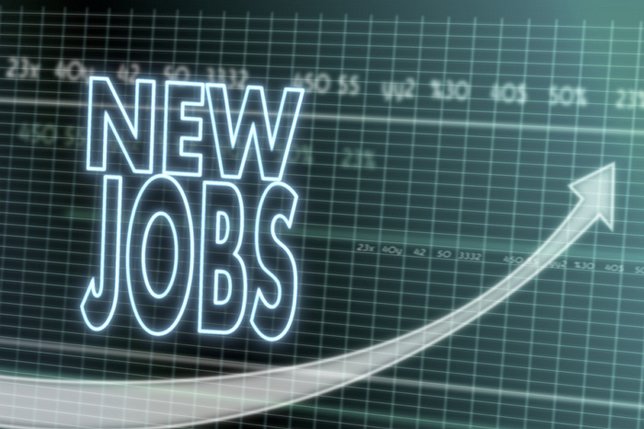New York is having a somewhat successful recovery from new unemployment claims, with last week’s claims lower than at the start of 2020, according to WalletHub’s updated rankings for the States Whose Unemployment Claims Are Recovering the Quickest.
Key Stats:
- Weekly unemployment claims in New York increased by 21.56% compared to the same week in 2019. This was the 8th biggest increase in the U.S.
- Weekly unemployment claims in New York decreased by 61.03% compared to the start of 2020. This was the 15th biggest decrease in the U.S.
- Weekly unemployment claims in New York decreased by 30.33% compared to the same week last year. This was the 16th smallest decrease in the U.S.
Q&A
How should employees prepare for a potential recession?
“A potential recession would negatively affect unemployment significantly, so employees should start preparing for one ahead of time. The biggest worry for employees is the chance of layoffs,” said Jill Gonzalez, WalletHub Analyst. “To safeguard against layoffs, people should make sure their rainy day funds can sustain at least 3-6 months of living without a job. If you see that your current savings don't add up to that, now is the time to start prioritizing saving versus spending.”
How would a potential recession affect unemployment?
“A potential recession would negatively affect unemployment significantly. Losing a job is never good, but when you combine it with such high inflation it can really become disastrous,” said Jill Gonzalez, WalletHub Analyst. “Even Americans with jobs right now are struggling to afford essentials like food and gas. If those numbers to climb while more people become unemployed, we might see an economy in deep recession.”
What do you make of the fact that there are more job openings than there are unemployed Americans?
“Unemployment is really no longer an issue since the country has recovered from much of the fallout of the pandemic,” said Jill Gonzalez, WalletHub Analyst. “The next step might be looking to open up immigration to fill the surplus of jobs nationwide. Doing so would not only help businesses meet their needs, but would also drive additional economic growth.”
Unemployment is now at its lowest since the pandemic started. What does this mean for the U.S. economy?
“The national unemployment rate fell to 3.6 percent last month, the lowest level since the prepandemic level of 3.5 percent. This means that decreasing Covid-19 cases brought on a high number of new jobs and new workers, which are both signs that the pandemic’s hold on the economy may also be decreasing,” said WalletHub Analyst, Jill Gonzalez. “U.S. employers added over 390,000 jobs in May, continuing the streak of strong job growth we've been seeing for months. Job growth, in combination with less mask and vaccine mandates nationwide, should spur even more economic recovery.”
How do red states and blue states compare when it comes to new unemployment claims?
“With an average rank of 25 among the most recovered states, blue states had a better recovery from unemployment claims last week than red states, which rank 27 on average,” said Jill Gonzalez, WalletHub analyst. “The lower the number of the ranking, the bigger the state's recovery was.”










